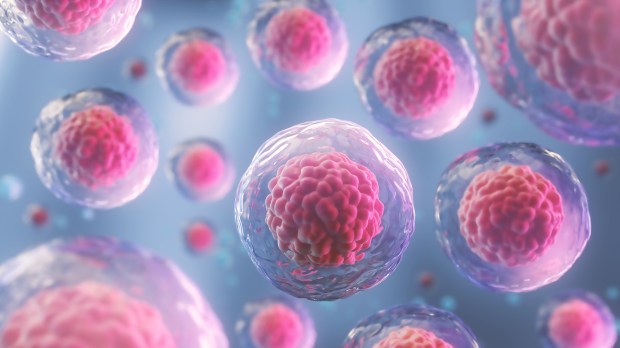A multidisciplinary team from Monash University, Melbourne (Australia), led by Argentine researcher José María Polo, has published a study in Nature describing how a human pseudoembryonic structure can be created from adult skin cells (fibroblasts).
Something similar had already been achieved on four previous occasions, but due to the nature of the cells from which the pluripotent cell structures were obtained, they did not have the appropriate cellular organization to be used as pseudoembryonic biological structures like the ones now produced.
The latter have a spatio-temporal structure and molecular dynamics similar to those of a human blastocyst, which makes them useful for experimental studies.
The technique used is similar to that used in the experiments developed by Shinya Yamanaka to produce iPS cells, which is why the authors of this work call them iBlastocysts.
According to the authors, the cells created in this process have a cellular structure similar to human blastocysts, so they can be used to study embryonic development in its early stages, the possible genetic mutations that can occur, how various toxins can act on this biological structure, and especially to help develop new therapeutics that can be used in in vitro fertilization.
Our assessment
From a bioethical point of view, it seems to us that the production of these iBlastocysts and their possible experimental use do not present any ethical difficulty, since viable embryos cannot be produced from them; that is to say, living human beings cannot be generated using this technique.
Therefore, it seems to us that this is an important technical advance that presents no ethical difficulties for experimental use.
Article published by the Bioethics Observatory of the Catholic University of Valencia and reproduced by Aleteia with express permission.

